Archaeological sites in Bansko
Tourists and archaeologists are amazed by Sitan Kale and St. Nicola in Bansko
The area of Bansko – at the foot of the Pirin Mountain, has been inhabited since Antiquity. Here people have found good living conditions and means of livelihood – hunting, fishing, farming, livestock breeding. There are also many mineral springs that have been well developed since Roman times. This explains the many archaeological findings in the region of Bansko from different ages – settlements, sanctuaries, fortresses, churches.
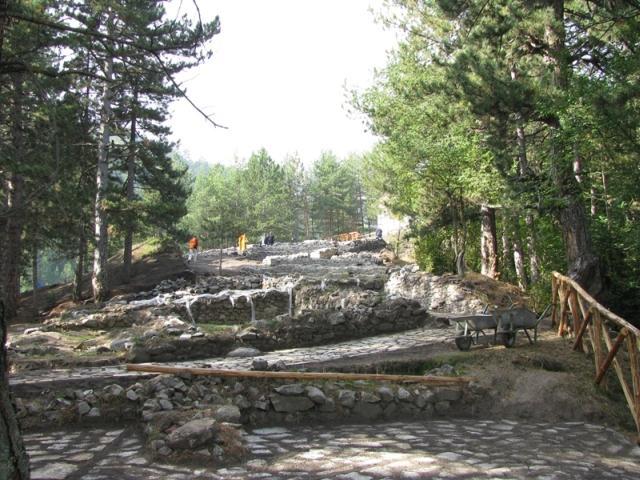
Two of them, however, amaze not only tourists but also archaeologists. One is St. Nikola in Bansko and the other is Bansko Kale (citadel) also called Sitan Kale.
In the area ofSt. Nikola in Bansko, the centuries have “piled up” epochs from around 2000 BC until 17-18 century AD. A large Thracian fortress was found there but on the lower levels there is also evidence of human activity from before the Thracians. In the newer layers of the Thracian fortress there are early Christian churches, as well as medieval buildings.
Sitan Kale is also a fortress, but a Byzantine one. It had a strategic role – both as a protection of the Razlog valley and as a guard on the way through Pirin towards fortresses on the other side of the mountain – Sandanski and Melnik. From here is the connection with Nicopolis ad Nestum, Yundola, Blagoevgrad.
The access for tourists to both sites is especially facilitated. St. Nikolas is 4 km away from Bansko and there is even a bicycle path to the area. Sitan Kale is about 5 km away and has a trail runway with parapets and stepped bumps, and resting spots.
St. Nikolas in Bansko – the mystery of the Nameless town
The Thracian fortress town found in St. Nikolas in Bansko was named by the archaeologists the Nameless town. Why? Because, despite his important significance, although it was large and developed, surprisingly, there has been an active life there for over 20 centuries but there are no previous reports. Not in writings, not in the sagas, songs nor legends. Just at one point in 2003, St. Nikolas in Bansko was accidentally “showing up” walls; field surveys of the terrain started no one suspecting at first what was in the area.
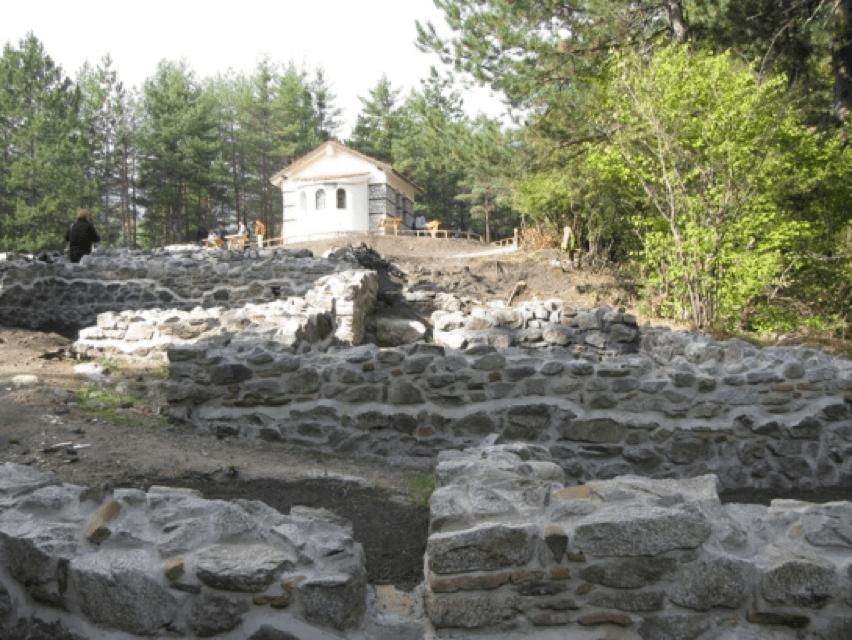
The Thracian fortress turned out to be a big and very well-fortified town with an area of over 25 decares, there was an inner city of 5-6 decares. The fortress is on a rocky hill, which is cut off vertically from three sides and the vertical walls are hundred meters high. The fortress walls from the more accessible southern area are two meters wide.
The location is such that the Razlog valley is visible from here, including the approaches to it – from the Aegean Sea through Momina gorge, from the Thracian valley through Yundola and from the Struva valley through the Predela.
It was impossible for the inhabitants of the city-fortress to be surprised by a numerous enemy. The fortress itself was almost impregnable. Yet it is likely that it has been captured. There is a layer of about half a meter that clearly indicates that a huge fire has been raging here – like a disaster. What part of the fortress city was covered by it we cannot yet say because the areas surveyed as surface are few. But it is possible that the fortress was burned in an enemy attack. After that, life continued here, and active human activity can be seen from the objects, ornaments and coins found in later layers.
From the Dacian tribe to Venice coins
Among the findings from the Thracian period of St. Nikolas in Bansko are graves in which the skeletons are extremely unusual for that time. They were people about two meters high – literally giants compared to the normal human height of those centuries. This directs scientists to the Thracians from the Dacian tribe – very militant, always sought after by the Greek city-states, who often fought with each other. The tribe was obviously well-known because it was mentioned even in Homer’s Iliad.
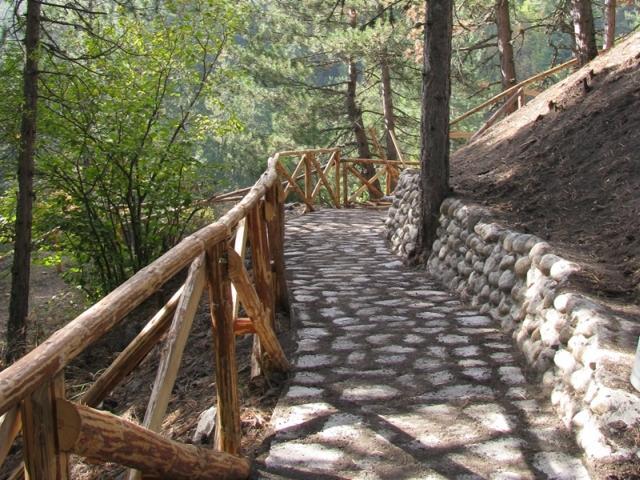
A very valuable discovery – two lead seals dating back to the 9th-11th century, speaks of the role of the city in the Middle Ages. One lead seal with the seal of the Byzantine finance minister. Surveys in this direction indicate that the city at the time was just a passing point and it was also a custom-house.
Two Early Christian churches from the 4th to 5th centuries have been found in the outskirts of the Nameless town. They are determined by the architectural features and the way of construction. The better preserved one of the two was expanded in the Middle Ages. One can tell by the construction. Originally, it was made of masonry stones with mortar and then it was continued with round river stones. This church has been expanded from two sides. The other early Christian church was discovered near the former inner city of the fortress. There has been a sliding of part of the building and the foundations are not preserved in their entirety.
How does the legend connect Sitan Kale, Todorka peak and Todorini ochi (Todora’s eyes)?
Unlike the fortress in St. Nikolas in Bansko, there are legends about Sitan Kale. The most popular of them connects the fortress with the names of Todorka peak and the two lakes – Todorini ochi.
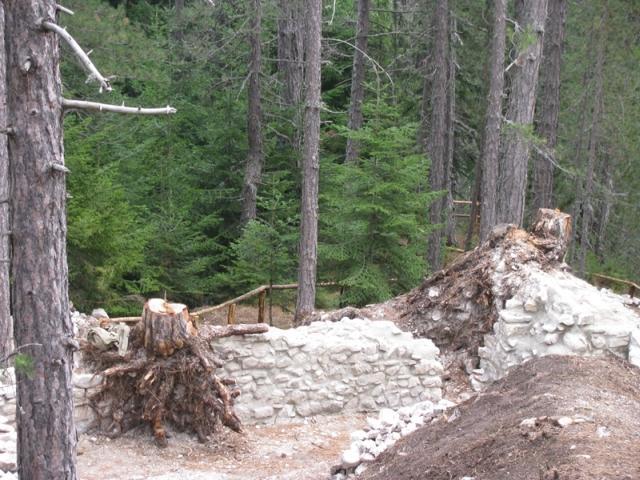
The last defenders were led by Todorka, the daughter of the local ruler. During the utter defeat, she mounted her horse and pursued by the Ottomans, she climbed the great peak over Bansko. In order not to be captured, she threw herself into a abyss. So the locals called the peak after Todorka’s name, and because of her tears, the two nearby lakes were Todorka’s eyes… Today, Todorka peak is world famous for its Bansko ski resort ski tracks and Todorini ochi is among the most popular tourist routes in Pirin.
It must be said, however, that Sitan Kale was not built to resist invading Ottoman conquerors. The discoveries of the archaeological excavations show that it has a much older history – from the Early Byzantine period /the late Antique Roman period/. By the foundations and superstructures found, the way of construction, etc., it is clear that the Byzantines built it and used it first from the fourth to the sixth century. It was then plundered and burned – probably with invasions of the Slavs and other tribes such as the Huns. By the 7th century, the Byzantines had restored it, but around the 12th century it was burned again. The crossbow arrow found in the wreckage suggests that the fortress was attacked by crusaders. Until 17th-18th century, it was inhabited by locals rather as a settlement.
Sitan Kale – a strategic fortress
Same as the St. Nikola fortress in Bansko, Sitan Kale was also a strategic fortress. One of the main roles of Bansko Kale was to guard an important road that had been paved since Roman times, connecting the Zlatitsa field with Thrace. More specifically, this is a connection between the North and South Pirin, a passage through the mountains between the valleys of two important rivers – Mesta and Struma, which are fruitful for human activity and life.
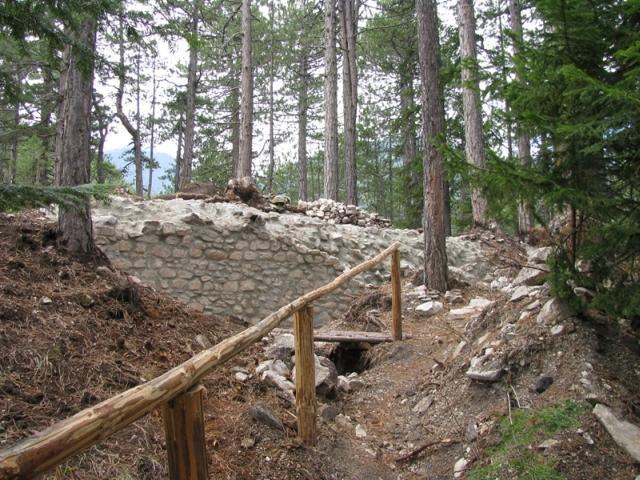
The fortified part is about 8 acres, there are fortified walls, guard towers, internal constructions with stone mortar and crushed bricks. Excavations have already outlined the citadel; in different parts of the fortress are revealed two towers which have a round shape and one is polygonal. There was also a deep protective ditch. Unlike the fortress of St. Nikolas in Bansko, however, where the walls are 2 meters thick, here they are up to 1.30 meters.
The Byzantines have not chosen where to build Sitan Kale by accident. The hill has steep slopes, which by themselves are a natural protection, and the place is close to running water throughout the year.
Nowadays the exposed parts of the fortress are well preserved; visitors can see them as a museum. The site is about 5 km away from Bansko and the access is facilitated by a trail along the mountain slope.
All discovered findings can be seen in Bansko because the excavations are financed by the Municipality and the remains found stay here. The exhibits are in the archaeological department of the Museum Complex in the town many of which can be seen in the Radonova house, which has been turned into a museum of history and ethnography in the area.